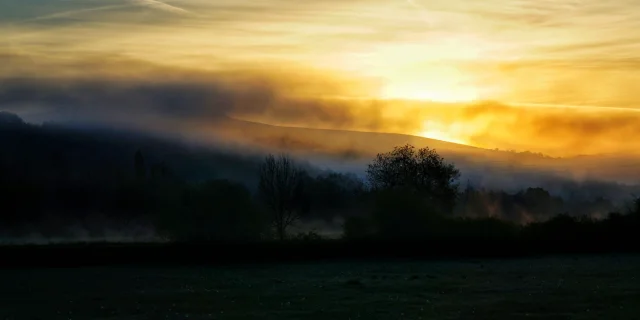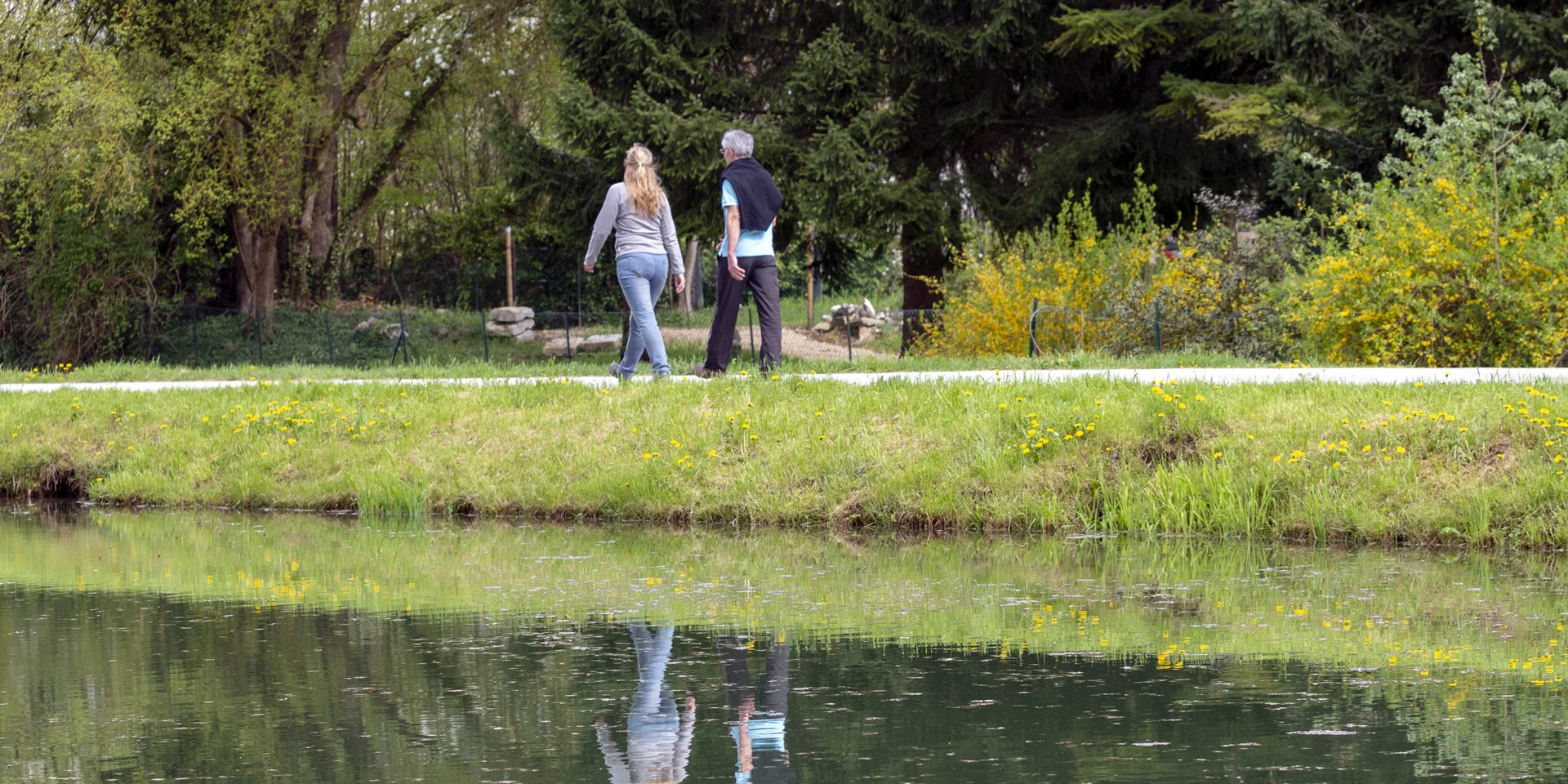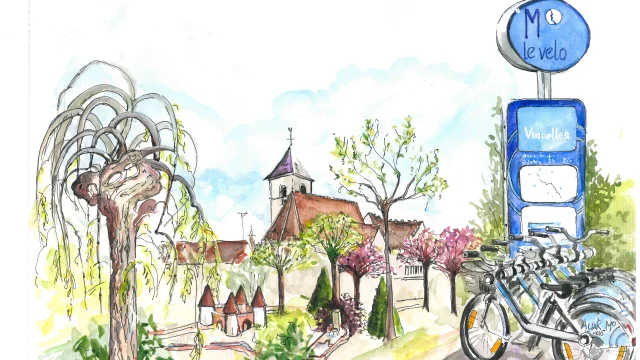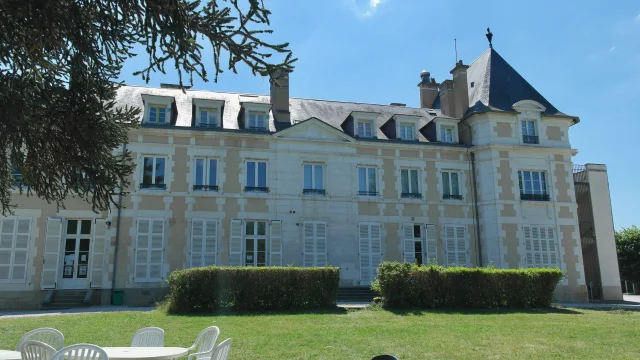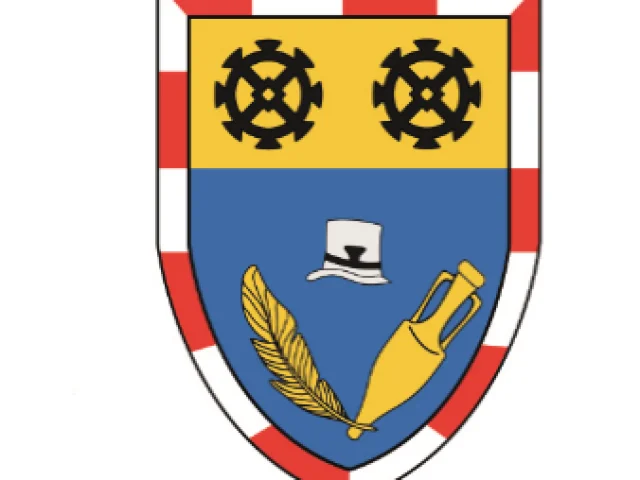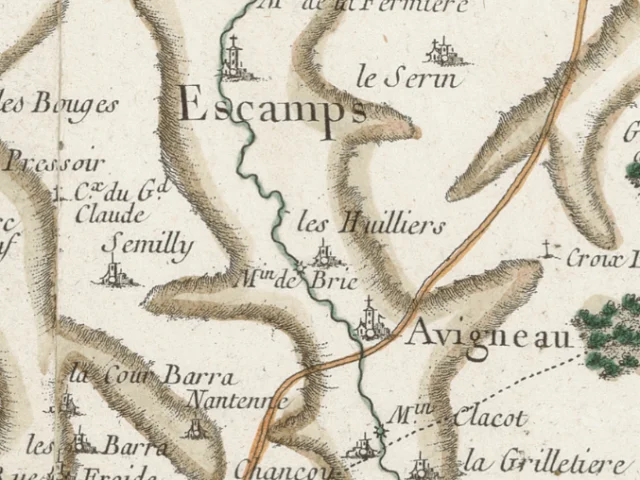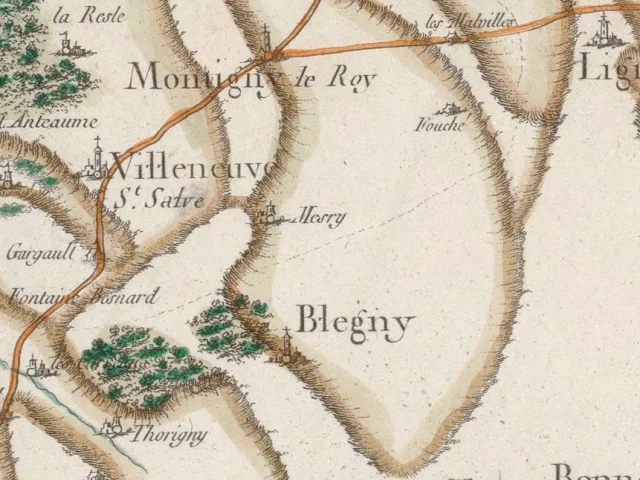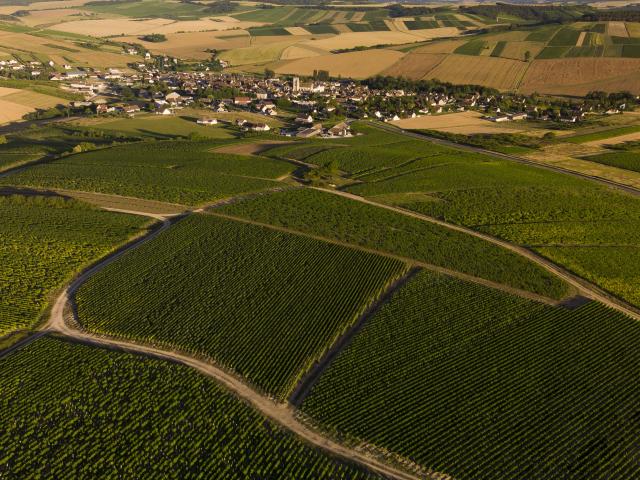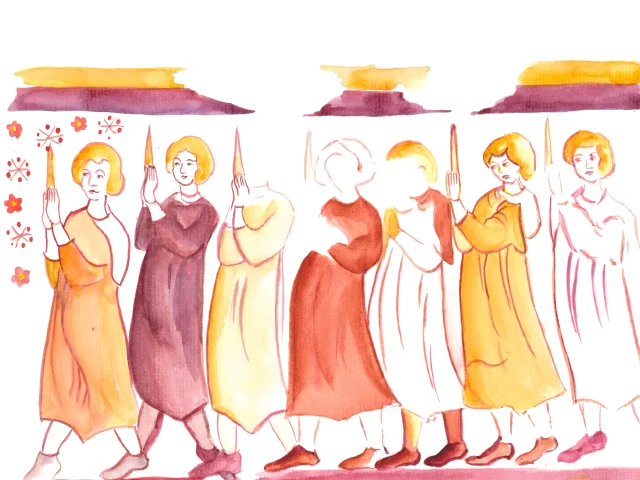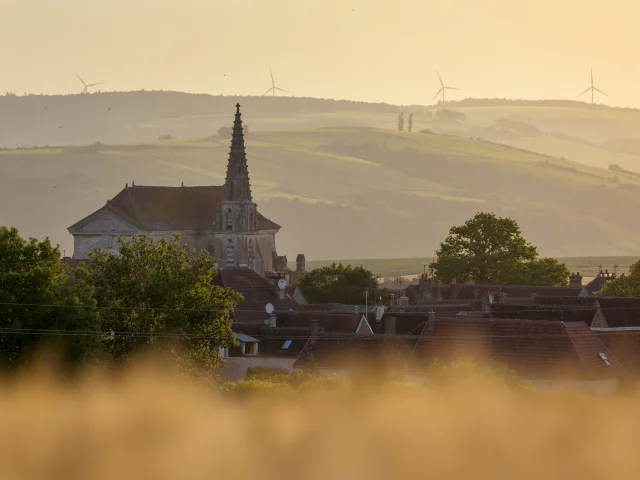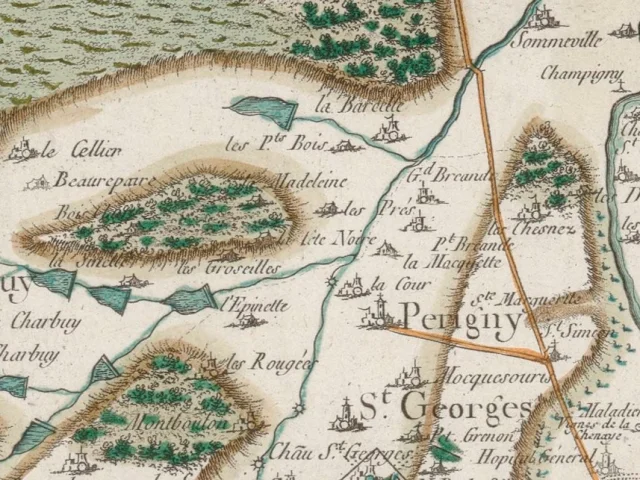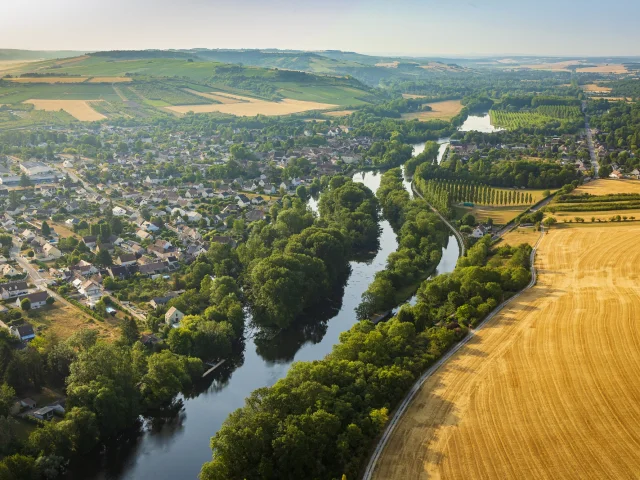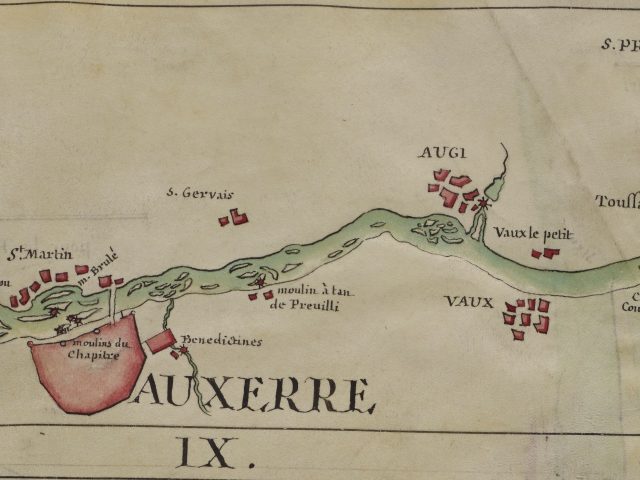Welcome to Vincelles
Vincelles is located between the Yonne River and the Nivernais Canal on one side, and the railway line and the N6 highway on the other. The origin of its name comes from the Latin Vini Cellae, which means ‘wine cellar’ because of its role as a place for loading and storing wines from Coulanges-la-Vineuse.
The Château de Vincelles was built in 1775 by Edmé Germain Villetard, an officer in charge of the King’s stables. In 1806, the building was home to Madame de Staël, exiled by Napoleon for her political ideas and writings. A building, called the ‘horse relay’, served as a postal relay station in the mid-19th century. However, the construction of railways and the arrival of the steam engine brought this to an end. The village washhouse, or lavoir, built in 1867, was restored from 1984 to 1989, and again in 2014.
The coat of arms of Vincelles, adopted in 2019, is packed with historical symbols. The white and red border represents Burgundy; the black waterwheels on a yellow background represent the village’s two old water mills; and the coachman’s hat symbolises the relay station. The yellow amphora evokes the transport and storage of wine, which was essential to the local economy, while the quill pays homage to Madame de Staël.
A bicycle path traverses Vincelles, which is on the Tour of Burgundy by Bike route.
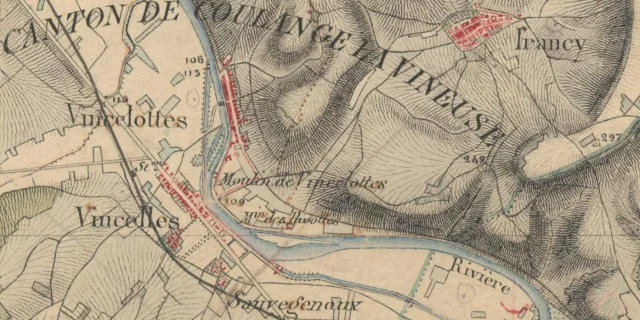 Vincelles Carte 1850
Vincelles Carte 1850